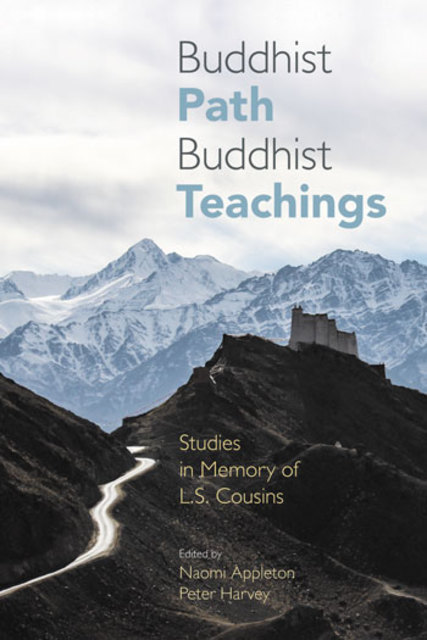Appleton/Buddhist Path, 10. Equal-headed (samasīsin)

Full description
The suicide accounts of three bhikkhus in sutta literature probably inspired the formulation of a particular type of person who attains Arahantship at death, later designated as an ‘equal-headed’ (samasīsin) person in the Abhidhamma. The Theravāda tends to depict those bhikkhus as non-Arahants before suicide. The Pali commentary explains that they did not attain Arahantship until their deaths and refers to two of them as each being an ‘equal-header’ (samasīsī). By contrast, the (Mūla-)Sarvāstivāda sūtras and Abhidharma portray them as Arahants during their lifetimes. The Sarvāstivādins deny the concept of samasīsin proposed by the Vibhājyavādins, which include the Theravāda and Dharmaguptaka schools. The Pali commentaries provide various explanations and classifications of samasīsin, which have one idea in common: the term signifies the concurrence of two events, and it denotes at least a person who only becomes an Arahant at death, and sometimes someone who becomes an Arahant at the same time as a certain kind of event occurs. The Paṭisambhidāmagga, a quasi-Abhidhamma text, has a chapter that expounds ‘equal-head’ (samasīsa) in an oblique way by enumerating various kinds of sama and of sīsa separately. The Paṭisambhidāmagga commentary tries to make sense of the term samasīsa by associating this textual exposition of sama and sīsa with the more commonly found term samasīsin.
- typeImage
- created on
- file formatjpeg
- file size55 KB
- container titleBuddhist Path, Buddhist Teachings: Studies in Memory of L.S. Cousins
- creatorTse-Fu Kuan
- isbn9781781796382 (eBook)
- publisherEquinox Publishing Ltd.
- publisher placeSheffield, United Kingdom
- rightsEquinox Publishing Ltd.
- doi
We use cookies to analyze our traffic. Please decide if you are willing to accept cookies from our website. You can change this setting anytime in Privacy Settings.
